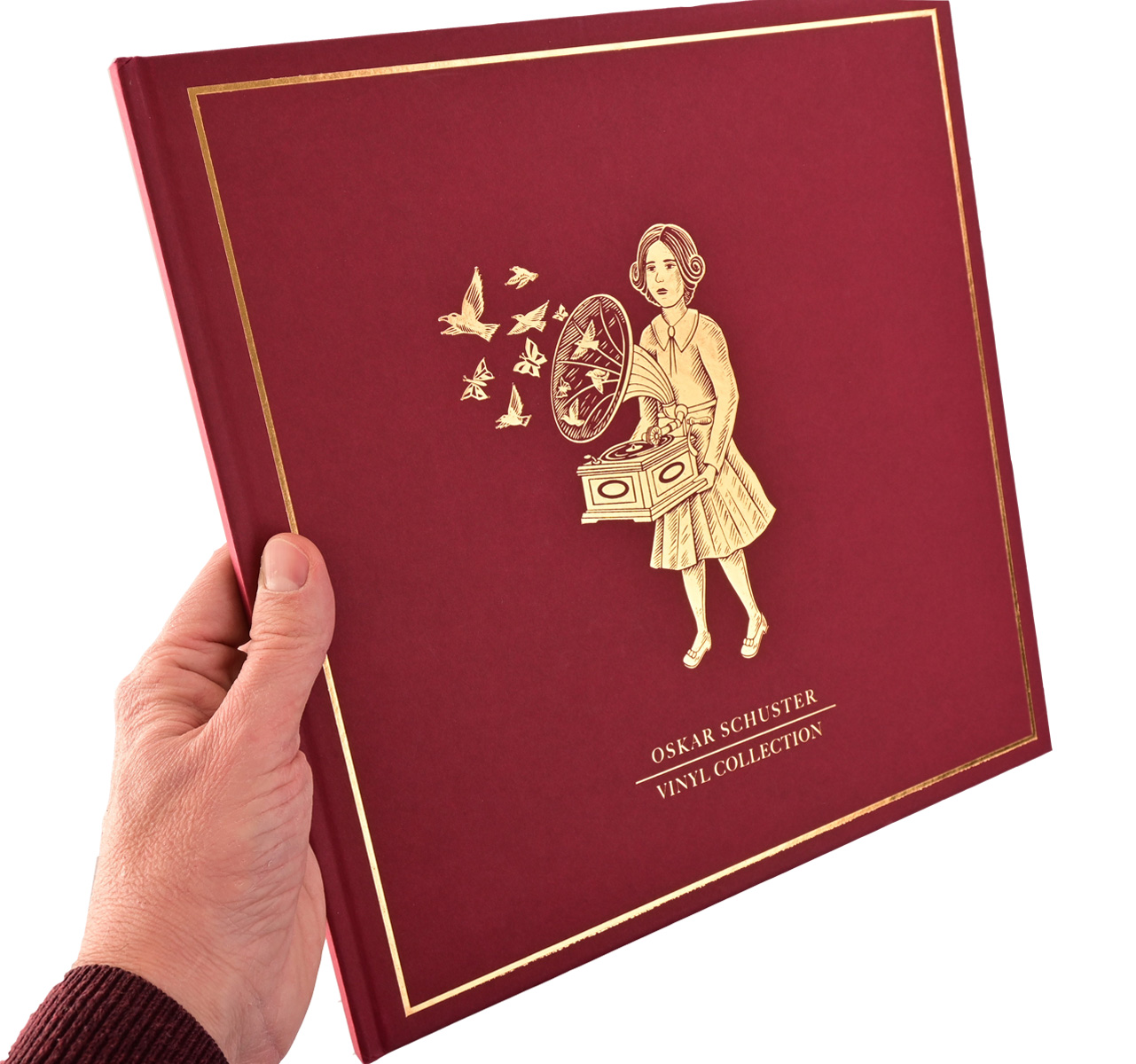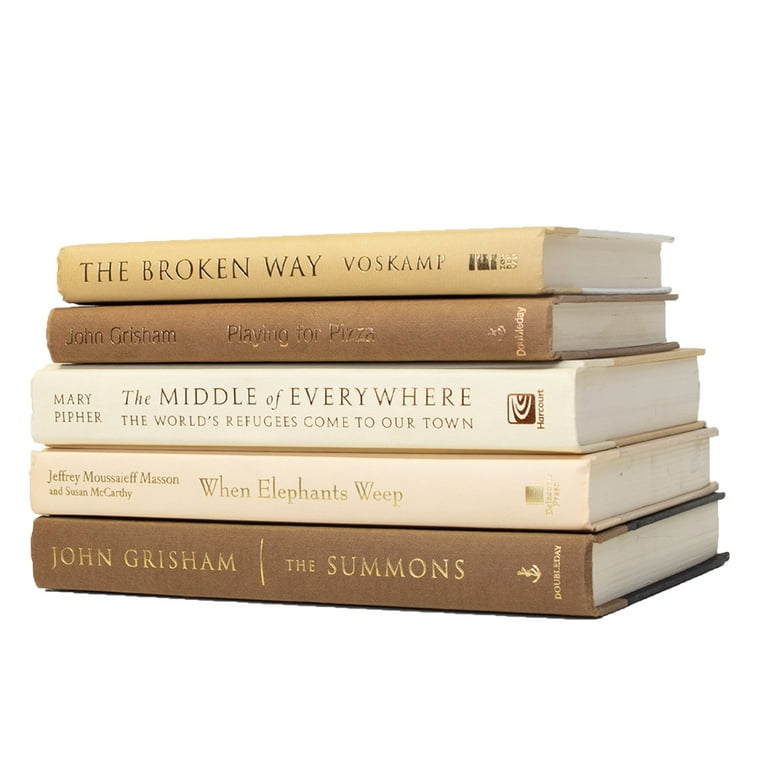Hardcover Books with the Highest Reader Ratings
Hardcover Books with the Highest Reader Ratings
Blog Article
A Comprehensive Guide to the Process of Hardbound Books Printing
When you start the trip of hardcover book printing, recognizing the entire procedure is essential. From preparing your manuscript to picking the best materials, each action plays an important function in the final item. You'll need to consider layout components and printing strategies that fit your vision. As you browse through binding and quality assurance, you'll discover that every choice affects the publication's total appeal. What comes next off in this complex procedure?
Understanding the Hardbound Publication Framework
When you explore the globe of hardbound books, you'll rapidly see that their structure is intentional and unique. The external housing, commonly constructed from tough cardboard, provides toughness and security. You'll locate a textile or natural leather treatment, which not just boosts aesthetic appeals yet additionally contributes to the book's longevity. Inside, the endpapers link the cover to the message block, guaranteeing a smooth interchange.
The text block itself is composed of several signatures, or folded up sheets, sewn together for stamina. You'll see that the back is enhanced, enabling a smooth lay-flat reading experience - hardcover books. Furthermore, the publication's weight commonly conveys a sense of top quality and durability
Hardbound publications usually feature a dust jacket, which works as a marketing tool while shielding the cover. Understanding these components helps you value the craftsmanship behind hardcover books and their unique charm in the literary world.
Manuscript Preparation and Editing And Enhancing
Getting your manuscript prepared for printing is vital, and it starts with appropriate format guidelines. You'll need to understand the editing and enhancing procedure to improve your work and guarantee it reverberates with readers. Plus, mastering checking methods can help you capture those annoying errors prior to your book mosts likely to publish.

Manuscript Formatting Guidelines
Appropriate manuscript format is essential for producing a professional-looking hardcover book. Start by selecting a conventional typeface like Times New Roman or Arial in 12-point size. Use double-spacing throughout the record to improve readability. Establish your margins to 1 inch on all sides, providing your text area to take a breath. Number your web pages in the top right edge, and include your chapter titles at the beginning of each new section. Use clear headings to show sections, and avoid extreme format like vibrant or italics unless required. Ensure to proofread your manuscript for consistency in design, ensuring that whatever from spelling to spacing sticks to your picked guidelines. Complying with these steps will establish a strong foundation for your book.
Editing Process Essentials
Editing your manuscript is a vital action that can change it from a harsh draft right into a polished final item. Remember, modifying isn't simply about dealing with errors; it's regarding improving your voice and guaranteeing your message resonates with visitors. Embrace the procedure, and you'll see your manuscript luster.
Proofreading Techniques Overview
Once you've brightened your manuscript with editing, the following step is to guarantee it's complimentary of errors that can sidetrack visitors. Read your manuscript aloud-- this aids you hear uncomfortable phrasing and area typos. Consider printing your manuscript; reading on paper can disclose errors that screens miss.
Designing guide Cover and Inside
When you're making your publication cover and interior, you'll intend to concentrate on crucial layout elements that record your target market's interest. Picking the best typography designs and carefully selecting colors and imagery can make all the difference in conveying your book's motif. Allow's discover exactly how these options can raise your work and attract readers.
Vital Layout Components
Creating an attractive publication cover and a well-designed inside is crucial for drawing in readers and boosting their experience. Beginning with the cover; it's your impression. Choose shades and images that reflect your publication's style and state of mind. Make certain your title stands apart and is understandable, also in thumbnail size.
A clean, orderly design assists visitors navigate easily. Keep in mind, a cohesive layout throughout your publication promotes an expert look that can considerably affect a reader's decision to pick it up.
Picking Typography Styles
Typography plays a crucial role in both guide cover and interior style, forming exactly how readers view your material. When selecting typography styles, consider your publication's style and target audience. A timeless serif font might work well for literary fiction, while a contemporary sans-serif may fit a modern story. Assurance readability; your message needs to be very easy on the eyes, specifically for longer passages. Take note of font size and line spacing, as these elements influence general circulation. Mixing fonts can my latest blog post add interest, but limit it to 2 or three to maintain coherence. Believe about hierarchy-- utilize various designs for headings and body message to assist visitors easily with your work. Your typography choices will significantly impact the viewers's experience.
Color and Imagery Choice
Selecting the appropriate colors and imagery is crucial for capturing visitors' interest and conveying your book's motifs. Start by considering your style; vibrant colors might help a kids's publication, while low-key tones match a secret story. hardcover books. Usage images that reverberates with your material-- pictures, illustrations, or abstract designs can enhance your message
When designing the cover, make particular the imagery doesn't overwhelm the title and author's name; clearness is crucial. This cohesive approach not only boosts your publication's visual however also improves the reader's experience, making it a lot more remarkable.
Choosing the Right Paper and Products
When selecting paper and materials for your hardcover book, it's necessary to contemplate exactly how they'll impact the overall feel and look of your task. Start check my source by picking the appropriate paper weight; much heavier supply frequently conveys top quality and sturdiness, while lighter paper can develop an extra fragile touch. Think about the coating as well; shiny paper boosts shades and photos, while matte can supply a sophisticated, underrated look.
Don't neglect about the cover products. Fabric, leather, or printed paper can establish the tone for your publication. If your task consists of photos, opt for acid-free paper to stop yellowing gradually. In addition, consider the binding products; utilizing high-grade sticky guarantees your book lasts.
Eventually, the options you make below show your vision, so take the time to sample different products (hardcover books). Your options will certainly help produce a publication that's not only aesthetically enticing yet useful and also long lasting
The Printing Process: Methods and Technologies
A selection of printing methods and technologies can bring your hardbound publication to life, each offering one-of-a-kind benefits. Digital printing is a popular choice for brief runs, enabling quick turn-around and affordable solutions. When you need to print smaller sized quantities without giving up quality, it's ideal. On the other hand, countered printing excels in generating big quantities, delivering premium and regular results. This technique is suitable for considerable publications where shade accuracy and great details issue.
Comprehending these techniques helps you make informed decisions, guaranteeing your hardbound book not only looks excellent yet likewise satisfies your manufacturing requires efficiently. Pick the ideal strategy to elevate your publication's appeal and influence.
Binding Techniques for Hardbound Books
A number of binding techniques can change your hardcover publication right into a durable and attractive product. One more method is the perfect binding, which makes use of adhesive to hold the pages with each other, allowing for a smooth spine yet less resilience contrasted to case binding.
You might also take into consideration spiral binding, which enables your book to lay flat, making it perfect for workbooks or guidebooks. Nevertheless, it doesn't use the same safety cover as case binding. Finally, there's the saddle stitch approach, suitable for smaller publications, where sheets are folded and stapled with each other. Each binding method has its advantages and fits different needs, so think concerning your book's objective and audience when choosing the very best choice for your task.
Quality Control and Final Touches
After choosing the right binding method for your hardbound publication, high quality control comes to be important to validate your final item satisfies your expectations. Beginning by examining the printed web pages for any type navigate to this website of errors or variances in color and layout. You do not wish to miss any kind of typos or misprints that can influence your visitors' experience.
Next, inspect the binding integrity. Confirm the web pages are firmly connected which the back is sturdy. A well-bound book not just looks professional however also really feels sturdy in your hands.
Furthermore, take notice of the cover. Try to find any type of scuff marks or misalignments in the art work. Make sure they're applied regularly across all duplicates. if you have actually decided for unique coatings like embossing or foil stamping.
Ultimately, carry out a detailed inspection of the whole set before transferring to distribution. In this manner, you can validate that every book shows your high criteria.
Regularly Asked Questions
The length of time Does the Hardcover Publication Printing Process Normally Take?

What Is the Minimum Order Amount for Hardcover Books?
The minimum order amount for hardcover publications usually starts around 100 duplicates, yet it can vary based on the printer. You should contact your picked printing solution for their details needs and prices.

Can I Print Hardbound Books in Custom Sizes?
Yes, you can publish hardcover books in custom sizes. Lots of printing solutions use flexibility with dimensions, allowing you to choose a style that suits your task. Just verify the specs prior to placing your order.
Are There Eco-Friendly Options for Hardbound Publication Printing?
Yes, you can find green alternatives for hardcover publication printing. Many companies make use of sustainable inks and recycled products. Simply ask your printer concerning their green practices to ensure your job straightens with your ecological values.
What Are the Costs Associated With Hardbound Publication Printing?
When taking into consideration hardbound publication printing prices, you'll need to consider materials, style, and printing methods. Added expenditures like delivery and binding can likewise influence your total budget plan, so strategy as necessary for your job.
When you start the journey of hardbound publication printing, comprehending the whole process is vital.A selection of printing strategies and modern technologies can bring your hardbound publication to life, each offering special advantages. Just how Long Does the Hardbound Book Printing Process Usually Take?
The hardbound book printing process typically takes about 2 to 6 weeks.Yes, you can discover green choices for hardbound publication printing.
Report this page